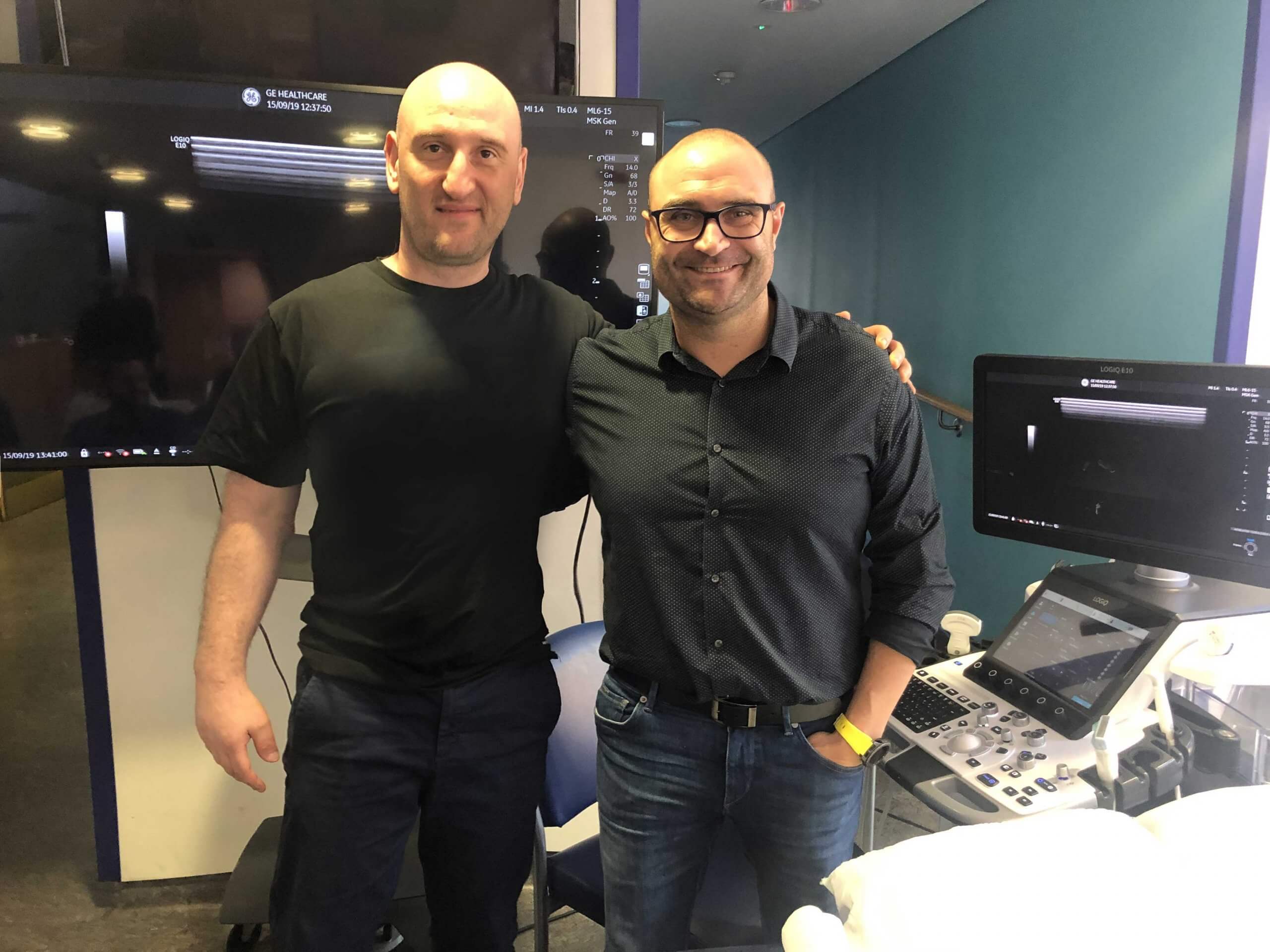Dr. Lev Kalika has been a fan of Dr. Carles Pedret for years, and he was finally able to attend a lecture series presented by Dr. Pedret in English, in London.
Dr.Carles Pedret, MD, PhD is a medical consultant to many elite running athletes and a world-renowned specialist in muscle injuries in elite Olympic sprinters, soccer players and tennis athletes. Dr. Pedret is called upon by EPl, League One and LaLiga teams to assess whether elite players like Messi, Ronaldo or Bale are ready to get back on the field after injury.
Muscle injuries to hamstrings, quadriceps and calves are extremely common in soccer. Unfortunately, until recently there has been very little research available on this subject. Dr.Pedret is among a handful of pioneers who have recently transformed muscle injury into very precise science with the use of compound imaging. The technique uses high resolution sonography over MRI images, and incorporates high end technology like GPS and 3D gait analysis in to estimate potential healing times and calculate return to play.
Dr. Pedret possesses an amazing understanding of intramuscular mechanics, which entails the anatomical and functional relationship between muscle fibers, intramuscular tendons, tendo-fascial units and tendons. His understanding of physiological healing is based on the interaction of these various soft tissues and the pathophysiological mechanisms of repair.
Dr. Pedret is an avid advocate of natural healing, preferring precise loading interventions over surgeries, PRP or stem cell injections. A lecture he presented on tendon pathologies in elite athletes versus weekend warriors provided numerous practical insights to his audience, made up of physiotherapists and EPL team physicians.
In his lectures, Dr. Pedret went above and beyond the dry science of molecular events and radiology details, offering practical information for his audience. He is enthusiastic about advanced technologies for rehab and assessment, and about objectivity in physiotherapy and sports medicine.
Dr. Kalika found Dr. Pedret to be not only brilliant, but humble.
It was a great experience for Dr. Kalika to learn to combine MRI, ultrasonography and hight tech GPS technology to estimate recovery time, to provide optimal treatment for players preparing to return to the field.























































